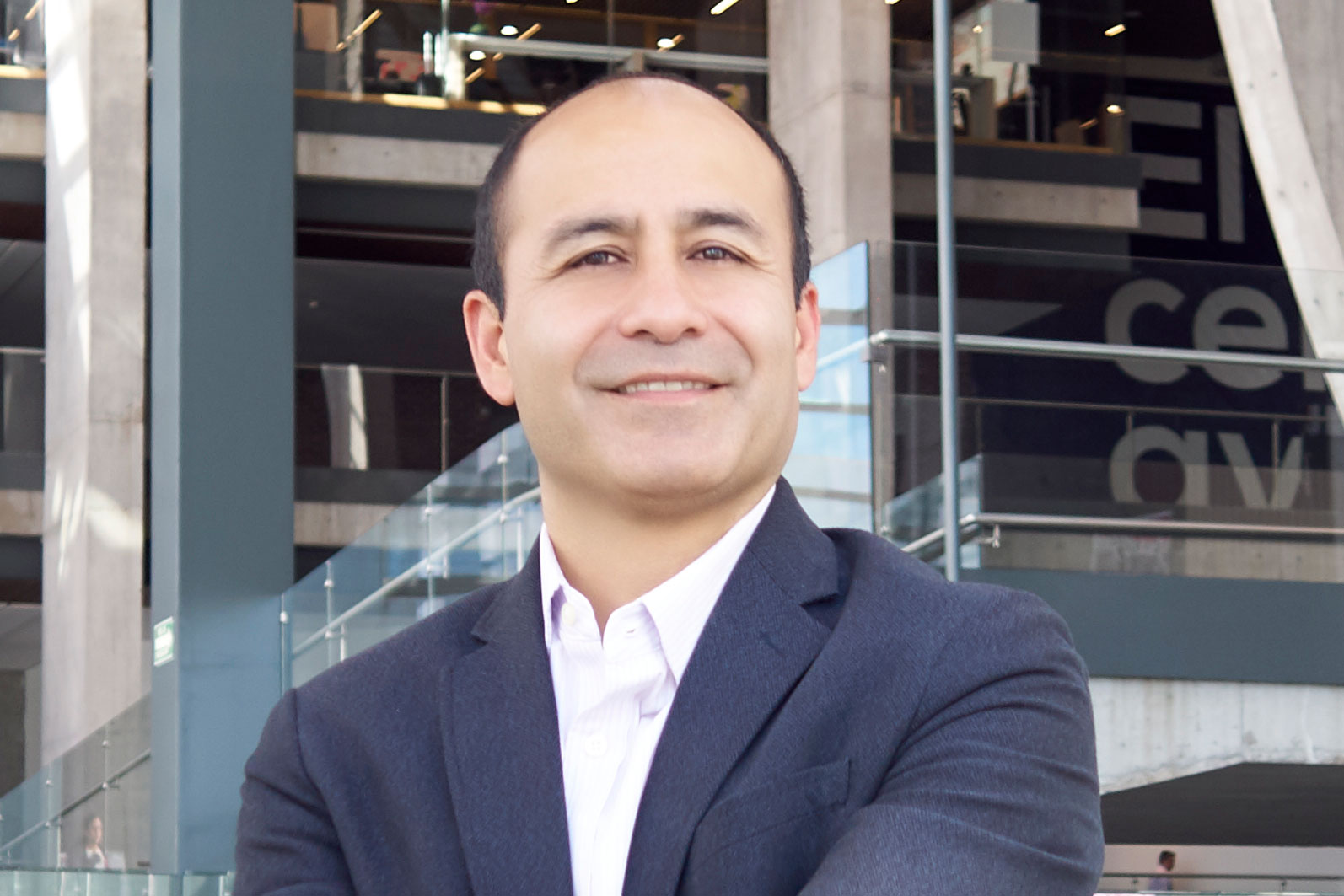Our brains are not very adept at changing. We understand the need for change, but just thinking about the time it will take, the difficulties we will face, and the risk of failing to ultimately change anything makes many of us give up before we even start.
Traditional companies also resist change. A plan needs to demonstrate a very good return on investment in order to be approved by a committee (which meets once a year to drive creative ideas). What is wrong with this model? Management will only approve projects that show (on paper or killer Excel sheets) that they will be profitable. Ideas that are not in line with the traditional business tend to be rejected because they require change, more work and, above all, risk. Leaders also face the challenge of giving the wrong impression in their chain of command: “You’re getting distracted!”
So, how then can we foster innovation and creativity? One way is to promote the creation of minimum viable products or services (MVPs). With basic features and functionality, these proposals allow us to obtain market reactions before deploying mass production and development. These ideas can also be experiments for internal solutions, such as a new purchasing system.
Although not everyone can implement a pre-sale like Super Mario 3D’s and expect to secure an income worth millions of dollars, we can post the design of a new product online to find out if our potential customers are interested, if they suggest any changes or how much they would be willing to pay for this type of product.
In such a competitive world, with fewer entry barriers and consumers who are less and less impressed by technology, we also want to make sure that the customer will connect with the product, just like you have with the little coffee shop on the corner, where the coffee is ok, but the place is great, and the baristas know your name. Your product must guarantee that it will not only be viable, but also lovable, going from an MVP to an MLP (Minimum Lovable Product)
Launching a product with this expectation in mind allows us to create a story for our product, a community of potential users, and, most importantly, receive feedback and adjust the features, as necessary. A very concrete example of this connection is how today’s crowdsourcing models make it possible for millions of people to connect with a social cause and invest in a project on very small scales, once trust has been built and a forward vision created in the community.
How do we get started? What do the data tell us?
Our customers’ data can give us a clear indication of any needs that are not covered by current products or of markets we have not yet reached. For example, an increase in the number of hours spent at a sports club may show a change in its members’ behavior, resulting from new customer profiles, and make us think about additional services the club could offer.
For many companies, the real challenge is access to information, either because they do not have the necessary data or classifications to differentiate the types of customer behaviors (those who pay on time versus those who do not), because the information comes from different systems and takes weeks to process, or even because, when received, it is simply incomprehensible. An MVP model assumes that information on requirements is imperfect and pushes the company to seek data and success stories externally.
Even when all the data point towards an unmet need, sometimes a flagship product is simply not tropicalized for the market. At Cengage, a leading technology and educational content company, we decided to launch a math learning platform in Mexico with questions and simulations translated into Spanish, but with the entire user interface in English. We knew that the product was not perfect, but we decided to launch it on the market instead of waiting for a full translation of the platform, which would undoubtedly take a while. This allowed us to gain a better understanding of the user experience: teachers and students readily accepted Google's automatic translation and many of them had no issue in navigating through menus in English that they are already familiar with in other applications. The data obtained by monitoring navigation and use helped us select the translation priorities; for example, we would translate the most frequently used courses, questions or videos first.
Vivian Ming, one of the leading experts in data science and artificial intelligence, states that we all have an economist in our brain who is working out our probabilities of winning. If today's exercise does not guarantee that I will lose the necessary pounds, then it’s very unlikely that I will get up the next day. That is why it is important to connect the experiment with something greater and persuade the brain with small painless steps, such as getting dressed and walking a few more yards every day. Experimenting with MVPs allows us to walk those first few yards, visualize the road ahead and our goal, and pass the implacable tests of our brain and those imposed by our business.
Article originally published in Forbes.
